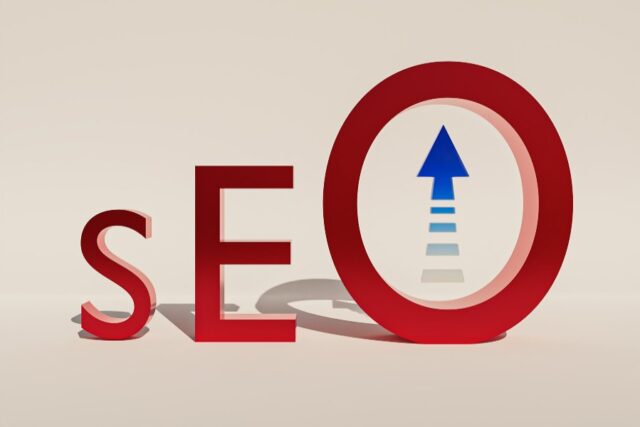Digital marketing is an ever-evolving field, with strategies and techniques that reshape the way businesses approach online audiences. The ability to navigate and leverage these techniques is what differentiates a successful online venture from one that gets lost in the vast internet cosmos. While the tools and platforms may change, certain foundational pillars remain constant. In this comprehensive overview, we’ll delve deep into these mainstays of digital marketing, offering clarity and actionable insights.
Search Engine Optimization (SEO):
At the top of our list is Search Engine Optimization or SEO. In its simplest form, SEO is the art and science of ensuring your online content appears prominently on search engine results pages (SERPs). While the algorithms that power these search engines are intricate and continually updating, the core principle of SEO remains: offer genuine value to your readers, and the search engines will reward you with visibility.
There are multiple facets of SEO, ranging from on-page (the content you produce) to off-page (backlinks and other external signals). Recently, as businesses have become more globalized, there’s been a surge in the need for specialized strategies. One such niche that’s grown exponentially is the domain of an international seo consultant. This role focuses on optimizing websites for multiple countries or languages. It goes beyond simple translation and dives into cultural nuances, search behaviors, and local competition.
Content Marketing:
Content, often dubbed as ‘king,’ remains at the heart of digital marketing. However, content isn’t just about churning out articles. It covers a wide spectrum, from blogs, videos, eBooks, infographics, podcasts, to interactive webinars. This pillar is about storytelling – creating narratives that resonate with your audience, addressing their needs, and positioning your brand as a solution.
The challenge isn’t creating content, it’s creating meaningful content. Every piece should have a purpose, whether it’s educating your audience, solving a specific problem, or even entertaining them. High-quality content helps drive organic traffic, establishes brand authority, and nurtures leads through the sales funnel.
Social Media Marketing:
In our hyper-connected era, social media is the gathering place for global audiences. Platforms like Facebook, Instagram, LinkedIn, and Twitter have their unique user demographics and usage patterns. For businesses, this means a chance to engage directly with their customers, gather feedback, and promote their products or services.
Strategic social media marketing involves creating platform-specific content, scheduling posts for optimal engagement, and fostering two-way conversations. Moreover, it’s an avenue for crisis management, customer service, and brand-building.
Pay-Per-Click Advertising (PPC):
Organic growth is a marathon, but sometimes businesses need a sprint, and that’s where PPC comes in. As the name suggests, you pay only when someone clicks on your advertisement. These ads can be displayed on search engines, social media platforms, or partner websites.
PPC is incredibly targeted. Advertisers can choose their audience based on demographics, location, interests, and even specific behaviors. With the right strategy and budget allocation, PPC can offer immediate returns on investment.
Email Marketing:
While some heralded the demise of email with the rise of social media, it’s still one of the most potent tools in a digital marketer’s arsenal. The beauty of email marketing lies in its directness. You’re reaching out to individuals who’ve already shown interest in your brand, offering them tailored content.
Beyond promotions, email campaigns can educate, entertain, and build a sense of community. They can be segmented to cater to different audience subsets, ensuring relevancy and increasing engagement rates.
Affiliate and Influencer Marketing:
Trust is a precious commodity online. Affiliate and influencer marketing harness the trust established by individuals or entities and channel it to promote products or services. While affiliates might earn a commission based on sales or leads generated, influencers often partner with brands to showcase their offerings to a dedicated follower base.
The genuine power here is authenticity. People tend to trust recommendations from individuals they admire or follow, over generic advertisements.
Data Analytics and Performance Metrics:
In the world of digital marketing, everything is measurable. Platforms offer a plethora of data, from user demographics to engagement metrics. This data isn’t just numbers, it’s a goldmine of insights. By analyzing these metrics, businesses can refine their strategies, allocate budgets more effectively, and predict future trends.
Consider this scenario: After months of dedicated SEO efforts, it’s time for an seo meeting to discuss performance. These meetings are crucial junctures where strategies are evaluated, successes celebrated, and areas of improvement identified.
Integrated Marketing and Strategy Building:
While each pillar stands strong on its own, an integrated approach can amplify results. Consider a brand collaboration with a reputable Kangaroo marketing agency. Such an agency would not just focus on one aspect but offer a comprehensive strategy, weaving different pillars together for a harmonized campaign.
Navigating the vast realm of digital marketing can be daunting. However, by understanding its core pillars and continually updating skills and strategies, businesses can create meaningful connections with their audience, drive conversions, and foster brand loyalty. As with all ventures, the key lies in adaptability, persistence, and a commitment to delivering genuine value.













